It is estimated that hot water makes up a quarter of an average Australian household’s energy consumption¹, so switching to a renewable solution like solar makes good sense especially with energy prices on the rise.
Switching to solar will not only reduce your reliance on the grid, but it could also make a significant difference to your energy usage.
So how do solar hot water systems work?
When it comes to solar, people often think about PV or photovoltaic systems that are used to generate electricity, unaware that the sun’s energy can also be used more directly to heat water.
Solar hot water systems use efficient roof-mounted collectors that absorb energy from the sun’s rays and transfer it to the water which is then stored in a tank either on the roof or at ground level.
Direct or Indirect. What’s the difference?
Rheem manufacture both roof and ground-mounted systems, including “direct” models and “indirect” models specifically designed for areas prone to frost or harsh water conditions.
- A direct system heats the water as it passes through the collectors and then automatically circulates it back into the storage This process continues while solar energy is available and is the simplest form of solar water heating.
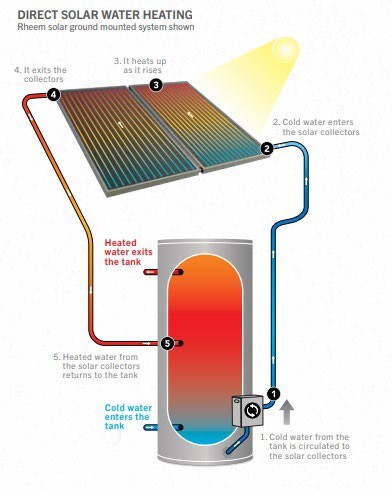
- Indirect models are designed for frost prone and/or harsh water areas and work in much the same way as direct. However, rather than heating water ‘directly’ in the solar collectors, the system heats a solar heating fluid with anti-freeze properties which in turn heats the water via a heat exchanger, thus ‘indirectly’ heating the water. Indirect heating prevents water freezing or overheating and causing damage to collectors.
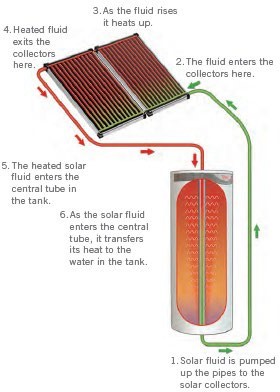
Roof or Ground Mounted?
A solar hot water heater can be installed with its tank either roof-mounted or ground-mounted. Below is more detail on how each type of system works.
Roof-mounted system
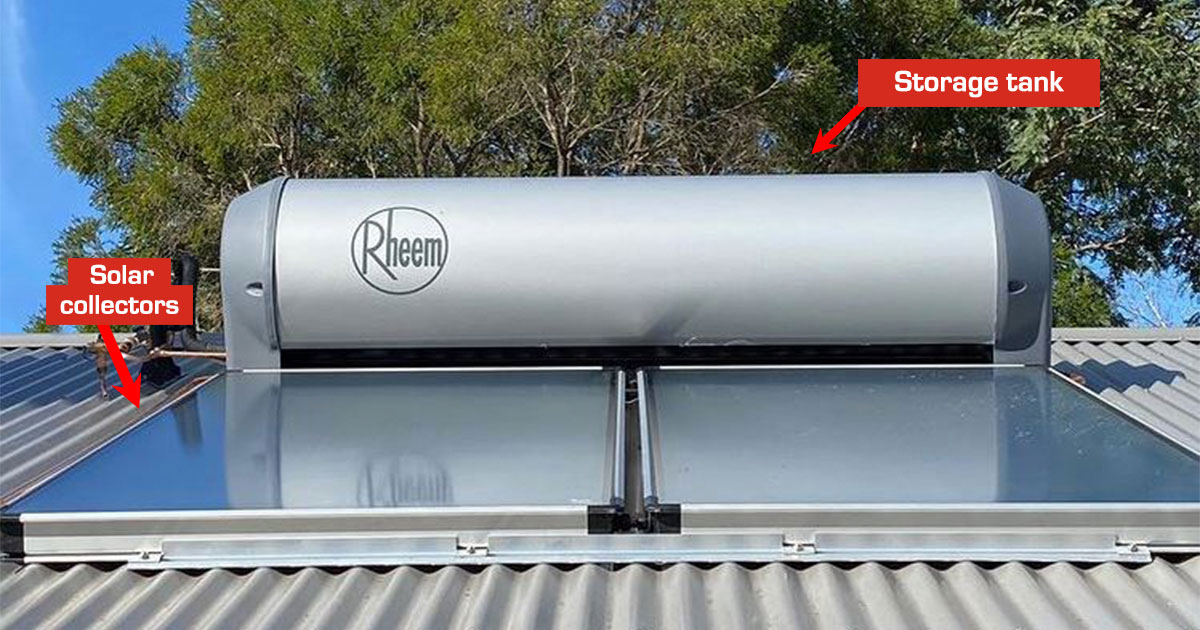
In this system, the tank and solar collectors are installed together on the roof, saving space at ground level. It uses a ‘Thermosiphon’ principle to collect heat from the sun and transfer it to your water.
How it works:
- The collectors absorb heat from the sun, which heats the water or solar heating fluid as it passes through pipes or channels inside them.
- The heated water or solar heating fluid rises through an insulated copper pipe into either the storage tank or heat exchanger.
- The hot water in the tank is stored ready for your use. At the same time, cooler water or solar heating fluid flows back into the collectors, to be heated by the sun’s energy.
Ground-mounted system
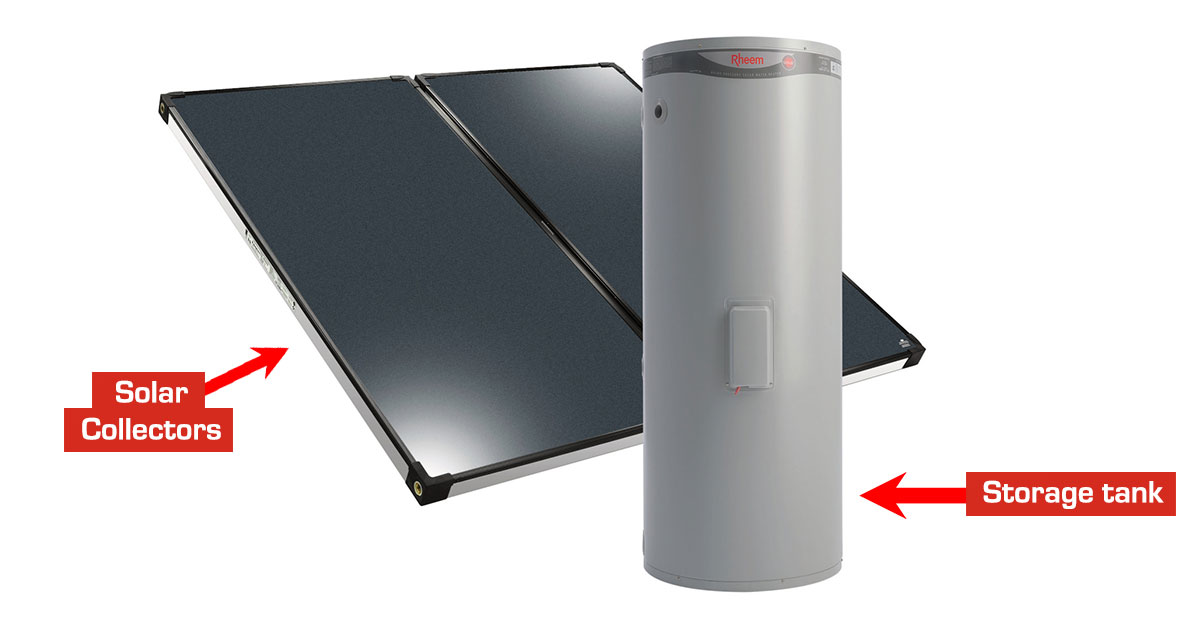
With a ground-mounted system, the tank is installed on the ground or floor level and connected to collectors on the roof. This system allows for flexibility of location, as an electric boosted tank can even be placed indoors.
How it works:
- Cold water or solar heating fluid from the tank is circulated to the solar collectors
- After the cold water or solar heating fluid enters the solar collectors, the water is heated by the sun’s energy as it rises through the collectors
- Once heated, the water or solar heating fluid exits the collectors and circulates back to the tank or its heat exchanger
The indirect ground-mounted systems are suitable for environments prone to frost or harsh water conditions.
Both roof and ground-mounted systems have a backup element to provide hot water during periods of low solar gain. Find out more here.
How much could you save with solar hot water?
By making the switch to solar hot water and reducing your reliance on fossil fuels, you could save up to 65% on your water heating energy consumption². Also, you can save up to 1 to 2.5 tonnes of greenhouse emissions per annum³.
How much money you can save with solar hot water depends on a few key factors:
- The system you are replacing
- How much hot water you use
- Your location
- The tariff(s) your replaced water heater was connected to and the tariff the solar water heater is connected to.
Looking to make the switch to solar?
If you are thinking of reducing your hot water energy consumption with solar, Contact Rheem today for more information or to get a quote.
Alternatively, the Rheem Solar Ready Electric Water Heater may be the solution for you if you need hot water fast but are keen to go solar in the future. Contact Rheem to find out more.
RELATED ARTICLES ON THE RHEEM BLOG:
- Solar vs Heat Pump Water Heaters: Which one is right for me?
- The government financial incentives available to help reduce the upfront cost of going solar
- How solar works on cloudy days to deliver hot water
Disclaimers:
1: https://www.energy.gov.au/households/quick-wins
2: Energy savings of up to 65% based on Australian Government Approved TRNSYS simulation modelling using a medium load in Zone 3 and apply when replacing an electric water heater with a Rheem 511325/2NPT or 52D300/2NPT solar water heater in zone 3. Any savings will vary depending upon your location, type of water heater being replaced, hot water consumption and fuel tariff. The impact on an electricity account will depend on the tariff arrangement of the water heater being replaced and where you live.
3: Energy and Greenhouse gas emissions savings based on Australian Government Approved TRNSYS simulation modelling of a Rheem Loline Solar Hot Water heater with 2xNPT200 collectors, a Rheem Hiline with 2xNPT200 collectors and a Rheem Premier Hiline with 2xSPA2000 collectors and using a medium load in Zone 3, and apply when replacing an electric water heater.
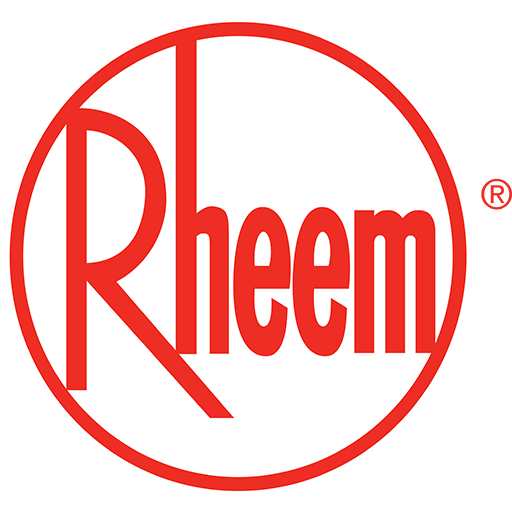
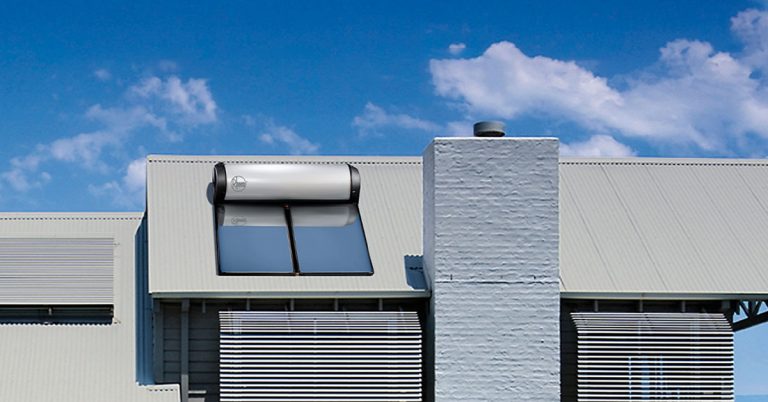
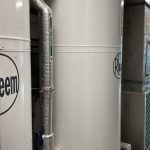
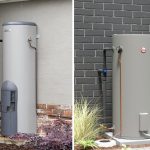
Comments are closed.